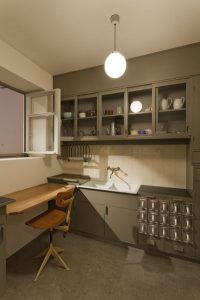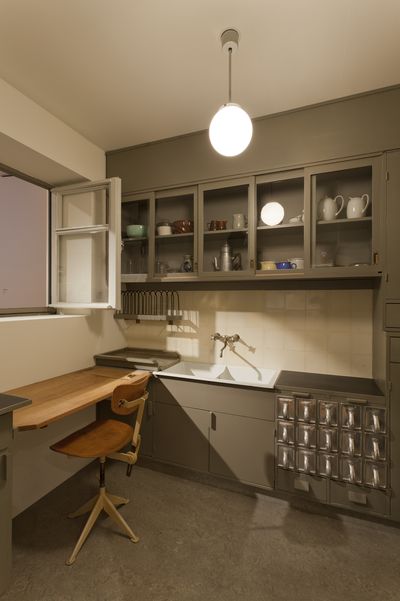
Grete Lihotzky. Frankfurt Kitchen from the Ginnheim-Höhenblick Housing Estate, Frankfurt am Main, Germany. 1926-1927. MoMA
Anyone who has studied design knows that every style is rooted somewhere in the past.
While we all like to think our ideas are revolutionary and unique, if we look backward, we can often see glimpses of our current design styles in those of 10, 20 or even 50 years ago.
In September, the Museum of Modern Art (MoMA) launched a new exhibition, How Should We Live: Propositions for the Modern Interior, which explores the materials, and processes that have shaped the modernist interior, with a focus on domestic interiors, re-created exhibition displays, and retail spaces from the 1920s to the 1950s.
An article on the exhibit for Curbed.com, sums it up nicely – “A cadre of radical designers and architects, often women who haven’t fully gotten their due, reshaped space in a way that still influences modern life. Ideas of efficiency, free-flowing space, modern materials, and better design unshackling us from household drudgery—still part of the dialogue today—were pioneered generations ago,” writes Patrick Sisson.
As a designer, I found this article and others about the exhibit inspiring. I’m proud of the designers and architects, many of them women, who paved the way for the generations who followed.
“What’s most striking, perhaps, about the interiors on display is how alternately modern and historical they can feel . . . the questions and ideas these architects and designers were wrestling with are far from being settled; they, in fact, may have just started the conversations we’re still engaged in.” – Curbed.com
Learn more about the MoMA exhibit here.

